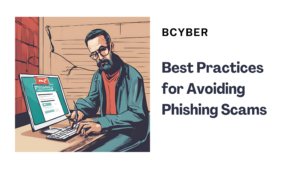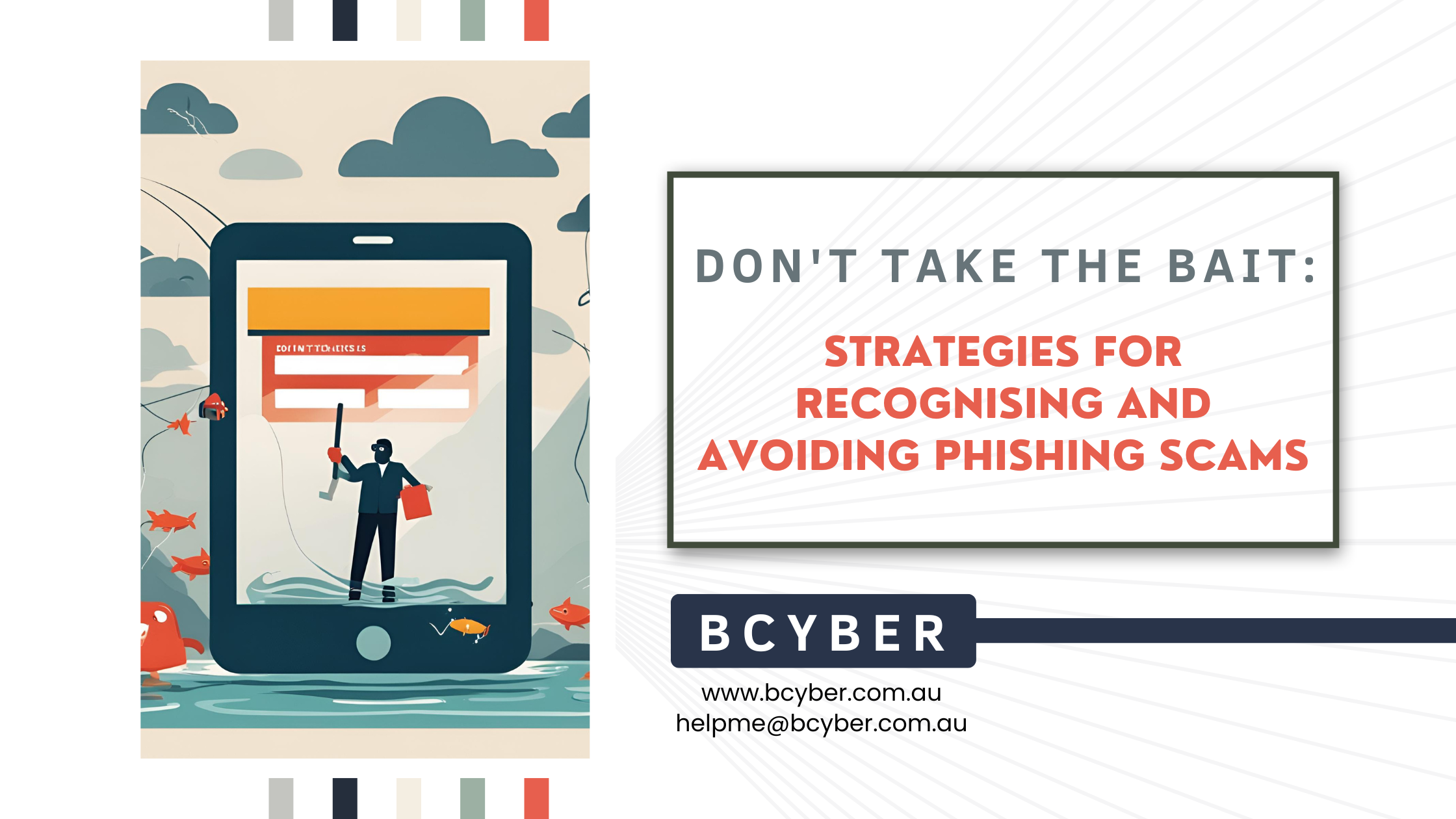In today’s interconnected world, phishing scams have become a pervasive threat, targeting individuals and organisations alike with deceptive tactics designed to steal sensitive information and compromise security. Recognising and avoiding these scams is essential for safeguarding personal and financial data against cybercriminals. In this article, we’ll explore strategies for recognising and avoiding scams to help you protect yourself and your organisation from falling victim to these deceptive attacks.
Understanding Phishing Scams:
It attempts by cybercriminals to trick individuals into divulging sensitive information such as passwords, usernames, credit card numbers, or other personal data. These scams often take the form of fraudulent emails, text messages, or social media messages that appear to come from legitimate sources, such as banks, government agencies, or reputable companies. The goal of it is to deceive recipients into clicking on malicious links, downloading malware-infected attachments, or providing confidential information that can be used for identity theft or financial fraud.
Recognising Phishing Red Flags:
To protect yourself from phishing scams, it’s essential to be able to recognise the red flags that may indicate a message is fraudulent. Some common phishing red flags include:
- Suspicious Sender: Be wary of emails or messages from unknown or unexpected senders, especially if they contain urgent or alarming requests for personal information.
- Generic Greetings: Phishing emails often use generic greetings such as “Dear Customer” or “User” instead of addressing you by name.
- Poor Grammar and Spelling: Phishing emails may contain grammatical errors, spelling mistakes, or awkward language that indicates they were not professionally written.
- Urgent Requests: Phishing scams often create a sense of urgency or fear aiming to prompt you to act quickly without thinking. Be cautious of emails that threaten dire consequences if you fail to respond immediately.
- Suspicious Links: Hover your mouse over links in emails to preview the URL before clicking. Phishing emails often contain links to fake websites that mimic legitimate sites to steal login credentials or install malware.
Best Practices for Avoiding Phishing Scams:

Protecting yourself from it requires a combination of vigilance, caution, and cybersecurity awareness. Here are some best practices for avoiding scams:
- Verify Sender Identity: Before responding to any email or message requesting personal information, verify the sender’s identity by checking the email address or username for any discrepancies or inconsistencies.
- Think Before You Click: Avoid clicking on links or downloading attachments from unsolicited emails or messages, especially if they seem suspicious or unexpected.
- Use Security Software: Install and regularly update antivirus and anti-phishing software on all your devices to detect and block phishing attempts before they reach your inbox.
- Educate Yourself: Stay informed about the latest phishing trends and techniques by reading cybersecurity blogs, following reputable security sources, and attending cybersecurity awareness training programs.
- Report Suspicious Activity: If you receive a suspicious email or message, report it to your email provider, social media platform, or IT security team to help prevent others from falling victim to the same scam.
Phishing scams pose a significant threat to you and your business, exploiting human vulnerabilities to steal sensitive information and compromise security. By understanding the red flags of scams and implementing best practices for recognising and avoiding them, you can protect yourself and your business from falling victim to these deceptive attacks. Stay vigilant, stay informed, and stay safe in the ever-evolving landscape of cybersecurity.
For more information on phishing – how to identify and avoid it… check our out our CEO’s weekly Friday Files (on LinkedIn and on our Website) this quarter she is doing a deep dive into all things phishing!


Leave A Comment
You must be logged in to post a comment.